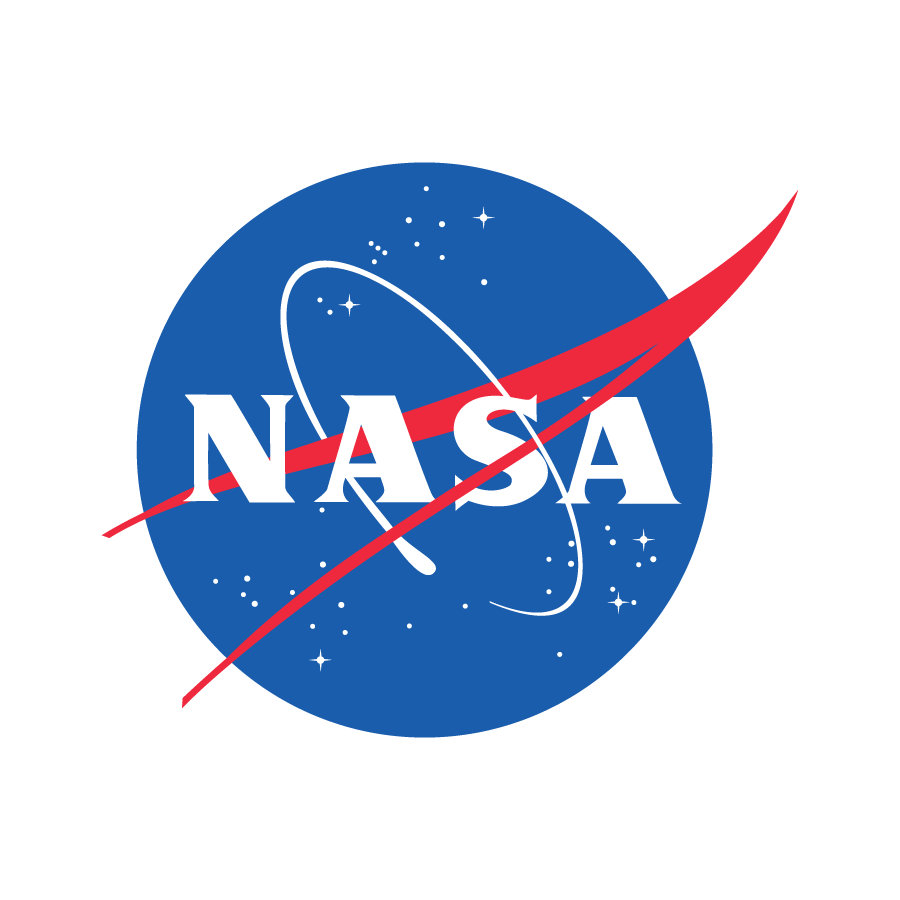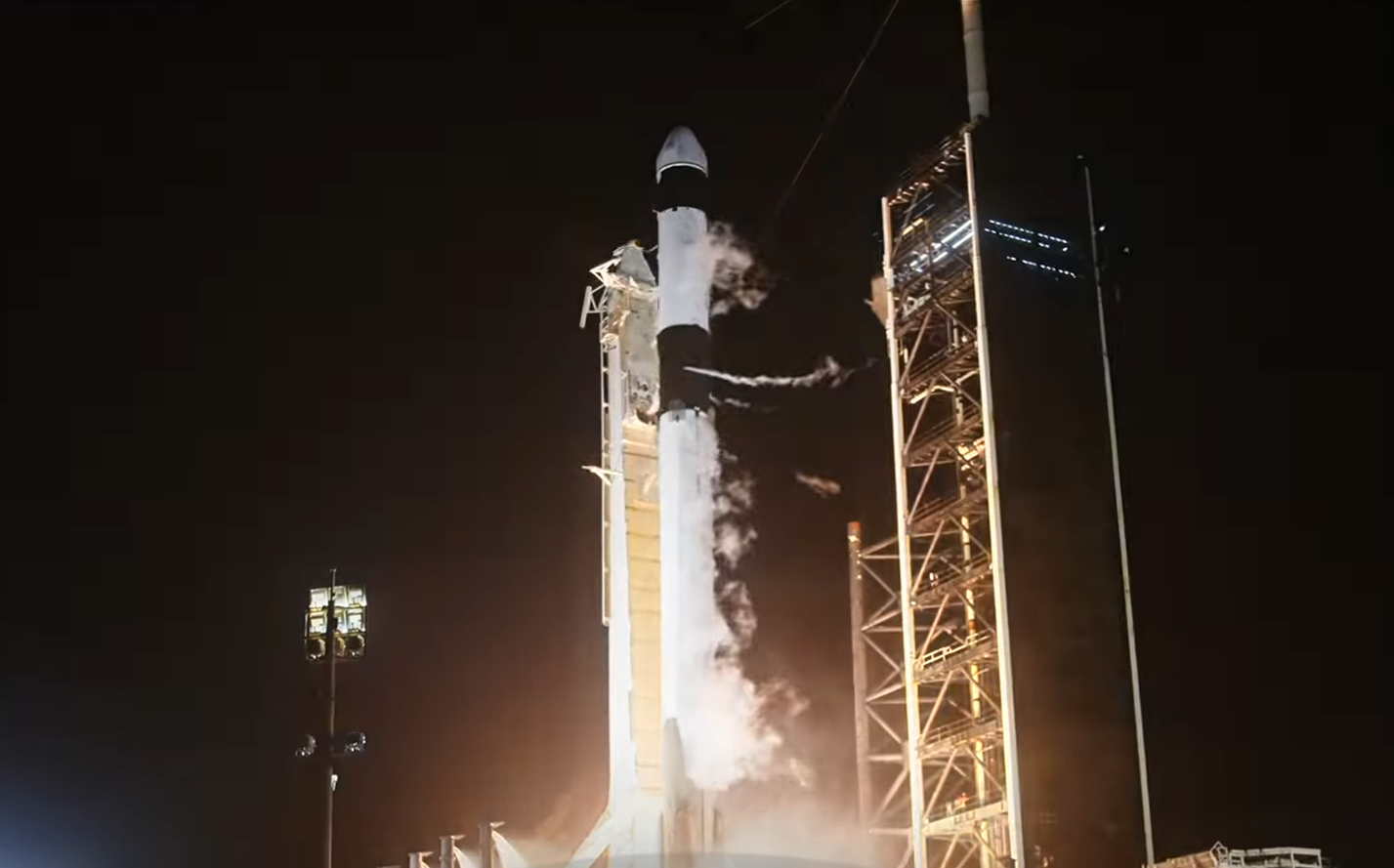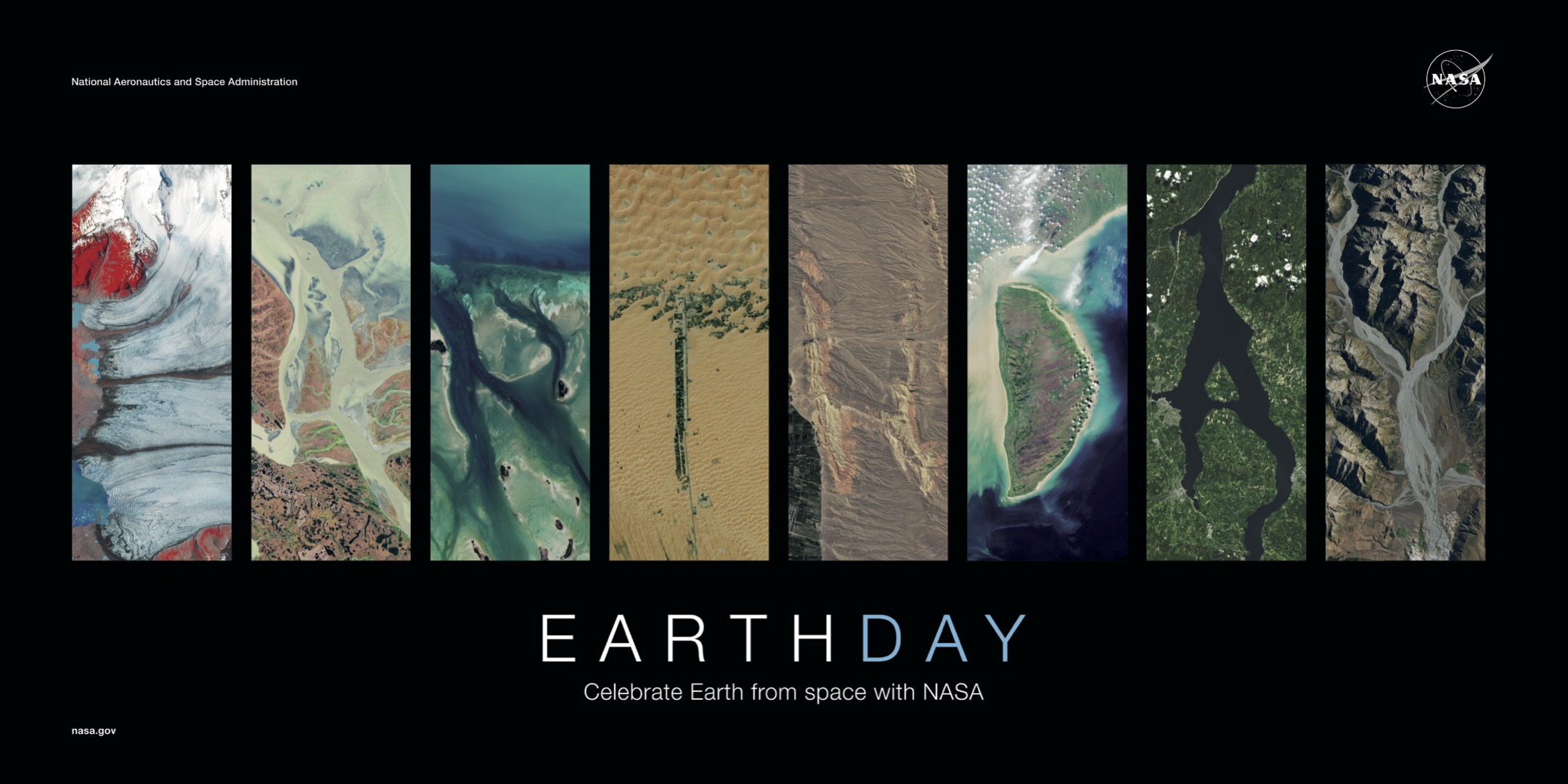Now Reading: Martian Sols 4515-4517: Tracing Silver Linings
-
01
Martian Sols 4515-4517: Tracing Silver Linings
Martian Sols 4515-4517: Tracing Silver Linings

Rapid Summary
- NASA’s rover operations were impacted by unstable ground, preventing the use of its arm for planned compositional measurements.
- Energy was conserved for upcoming scientific activities, including imaging prioritized targets like “boxwork formations” too analyze fracturing and fluid flow.
- Scientific observations planned included:
– ChemCam analysis of rock targets “Santa ynez” and “Cahuilla,” with Mastcam documentation.
– Imaging mosaics of features such as “Texoli” butte, “Torote Bowl,” sand troughs around bedrock blocks, and a gray pebble (“Piru Creek”).
- Environmental science activities resumed following recent power constraints: navcam observations, sky surveys (Mastcam and Navcam), atmospheric monitoring using ChemCam passive readings and APXS sensors.
- A ~19 m drive is planned into challenging terrain to enable future arm activity in a new workspace.
Indian opinion Analysis
NASA’s continued exploration efforts highlight the perseverance required in both technological innovation and managing mission constraints within extraterrestrial environments. By prioritizing energy efficiency while maintaining robust observational outputs-such as laser analysis on key rocks or coordinated environmental studies-the approach reflects meticulous planning crucial for expanding planetary understanding. India’s growing space ambitions may find valuable lessons here in optimizing resources amidst unforeseen challenges during interplanetary missions like Chandrayaan or Gaganyaan projects.
Additionally, NASA’s imaging studies on sulfate units could provide shared scientific data beneficial in collaborative researches between agencies like ISRO concerning surface geology that might parallel findings from lunar missions or Mars orbiter analyses.


























